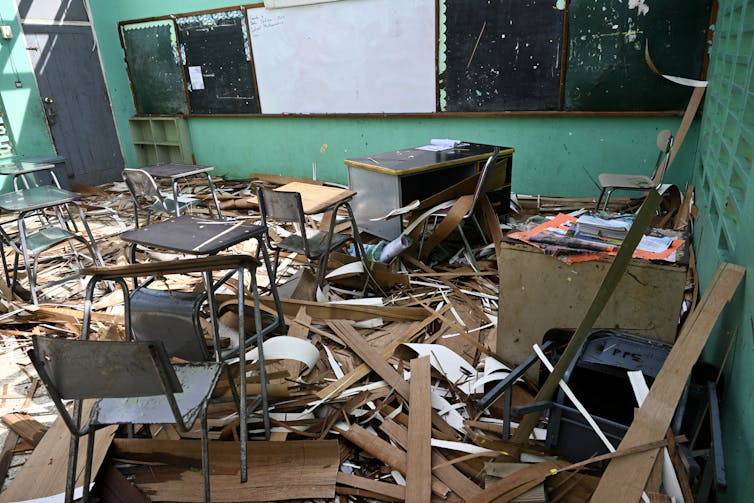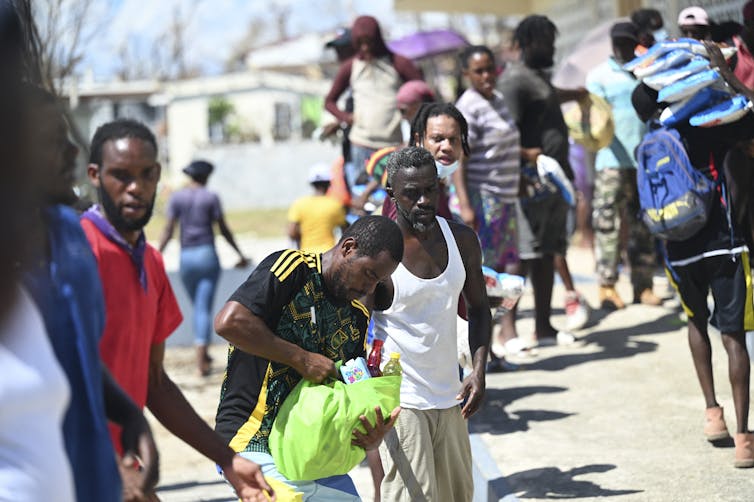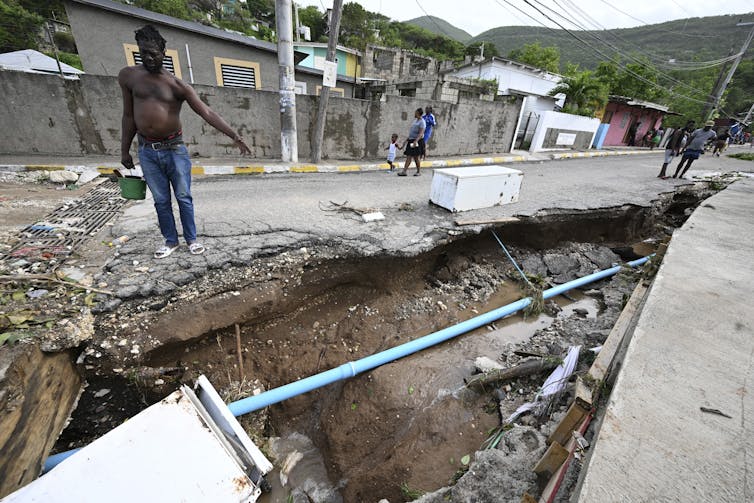Source: The Conversation – UK – By Alison Hess, Lecturer in Museum and Gallery Studies, University of Westminster
Around 70-90% of museum collections around the world are kept in storage . Often housed in buildings far away from their public institution, they represent a picture of hidden cultural and historical resources.
Remote storage often presents logistical and cost challenges to enabling public access to collections, and it remains an area of museum work that is easy to overlook by management, funders and policymakers. However, new projects are once again drawing attention to the value of access to both the collections and the decisions that are made about them.
In May of this year an exciting new addition to London’s Queen Elizabeth Olympic Park opened its doors to the public. Occupying a spot between four of the London 2012 Olympic Boroughs (Hackney, Newham, Tower Hamlets and Waltham Forest), the V&A East Storehouse is part museum, cultural centre, archive and leisure destination. It is the latest addition to a growing family of V&A sites.
The Storehouse describes itself as “your access-all-areas experience of the V&A collection” and offers a behind-the-scenes look at the world of museum storage. It is a chance to explore half a million creative works, from the Glastonbury festival archive, to Roman frescoes, Dior haute couture, Samurai swords, Elton John’s costumes and mid-century furniture.
The experience itself is highly polished. Visitors are greeted at the door by a friendly staff member, then guided up the stairs into the main atrium. Here they discover a beautifully curated and highly designed idea of what a museum store should like.
Open shelving displays collection items within arm’s reach of the public, and only light interpretation (short labels and QR codes) hint at their purpose and the connections between them. Between the wide-open vistas of the space and below the glass floor, the storage proper is visible.
When I visited, there was a real buzz from a steady stream of visitors seeking the perfect Instagram shot from above the glass floor. However, as an academic who recently led an AHRC-funded research project on museum storage, my interest lies in what this new museum brings to the long-running challenge of balancing collections storage with meaningful public access.
A short history of museum storage
Collections have been outgrowing collectors’ capacity to store them for almost as long as museums have been around. However, with the emergence of recognisable public institutions, collections storage became no longer a personal problem, but a professional one.
The post-second world war period in Europe saw cultural institutions rapidly gain new and expanded collections. The careful reflection of collecting boards and policies, so familiar to current day museum practice, were not yet seen as necessary.
The result was that museum collections quickly expanded beyond the capacity of their public sites and were increasingly relocated to any space the museum could find, with consequences for security, conservation and accessibility.
By 1976 this had become such a universal problem that the International Council of Museums (ICOM) and Unesco organised a conference in Washington DC called the International Conference on Museum Storage. Many of the standard procedures still used in museums today came from this meeting. For example, the fact that museum collections are now kept in clean, dry, pest-free and temperature-controlled environments. However, what sometimes seems to have been lost in this process, is the centrality of public access.
If collections are not used or even visible, why do we, as a society, continue to keep them? Nowhere else has this question become more pressing, than in the case of communities whose cultural items have been taken without permission, through colonialism, opportunism or greed.
In 2024 ICOM returned to the problem of storage with the publication of a global report titled Museum Storage Around the World. Based on feedback from museums across the globe, a familiar picture of lack of space and funding emerged.
The resulting ICOM International Committee on Museum Storage seeks to bring the discussions around conservation and safety into a proper dialogue. Questions of access, cultural ownership and return come to the fore as storage spaces increasingly become the location for discussions with collections’ community partners.
Order-an-object experience
With echoes of the 1990s trend for “open storage” galleries, pioneered in places such as the National Railway Museum North Shed, the Storehouse still contains only a small proportion of the V&A collections.
The public areas are not a museum storeroom. The items on display are all carefully selected and curated. They are, as are all museum displays, only a snapshot of the complete collection, and a compelling reminder of the vast cultural resources that remain unseen in museum storage around the world.
The Storehouse offers an innovative solution: the order-an-object experience. Visitors search the V&A catalogue online, find an item they are interested in and book a time slot to see it. While not all items are viewable at the Storehouse (some can only be seen at the South Kensington site) the experience is easy and straightforward. And unlike many institutions, the service is open to anyone, not just academic researchers. The only limitation is that slots book up quickly, so advance booking is essential.
Once in the Study Centre, visitors can observe, interact or simply commune with objects in the V&A collections, supported by a member staff trained in collections handling and customer service. The simplicity and openness of the service represents a significant change in the way collections access can be realised if given enough resources and support.
The long-term preservation of museum collections remains a complex and challenging issue. Not all collections should be kept, not all collections should be universally accessible, but nor should they be hidden away, with conversations about their future happening behind closed doors.
Looking for something good? Cut through the noise with a carefully curated selection of the latest releases, live events and exhibitions, straight to your inbox every fortnight, on Fridays. Sign up here.
![]()
Alison Hess has received funding from the Arts and Humanities Research Council.
– ref. How the new V&A Storehouse is reshaping public access to museum collections – https://theconversation.com/how-the-new-vanda-storehouse-is-reshaping-public-access-to-museum-collections-269462







